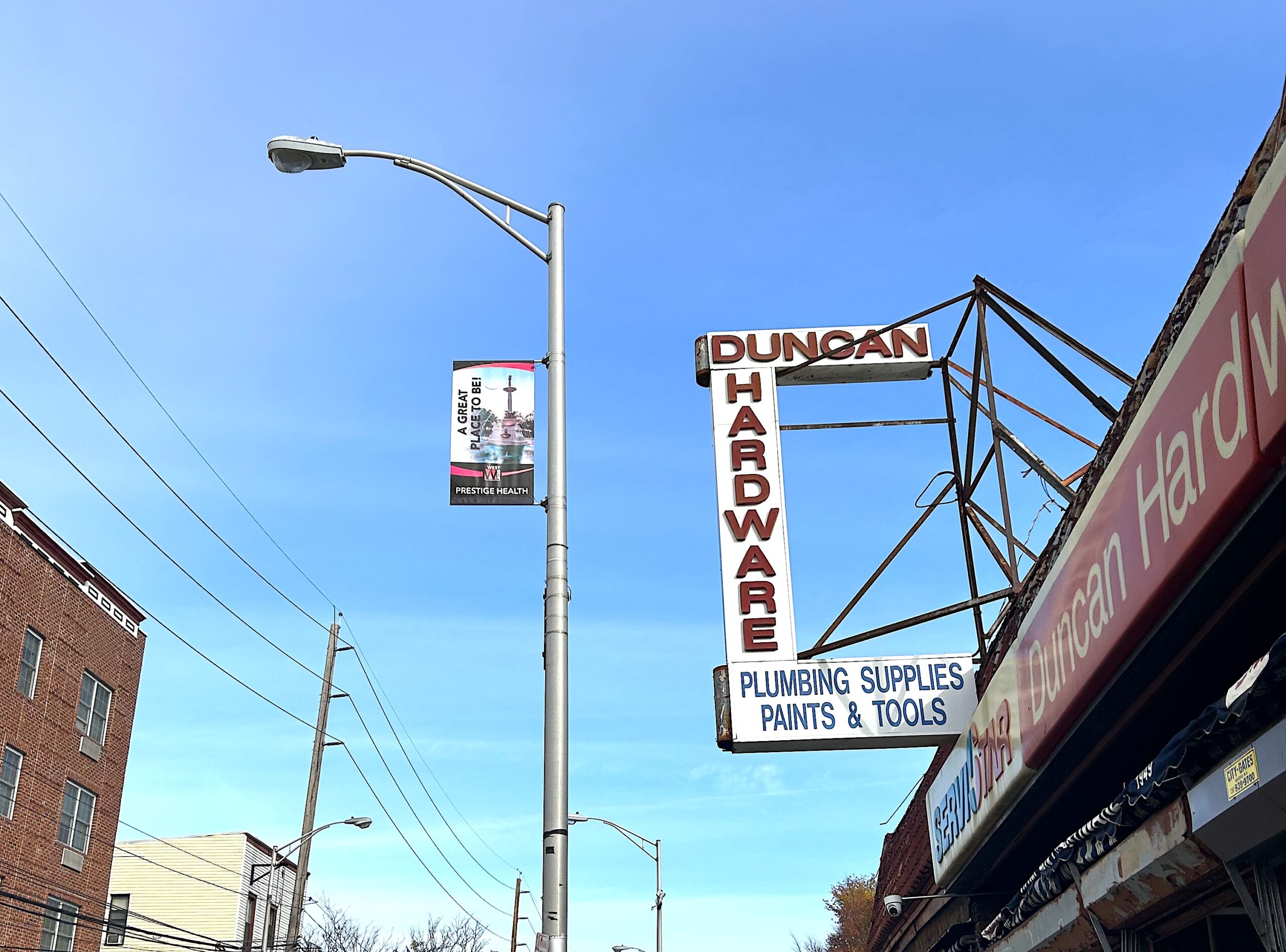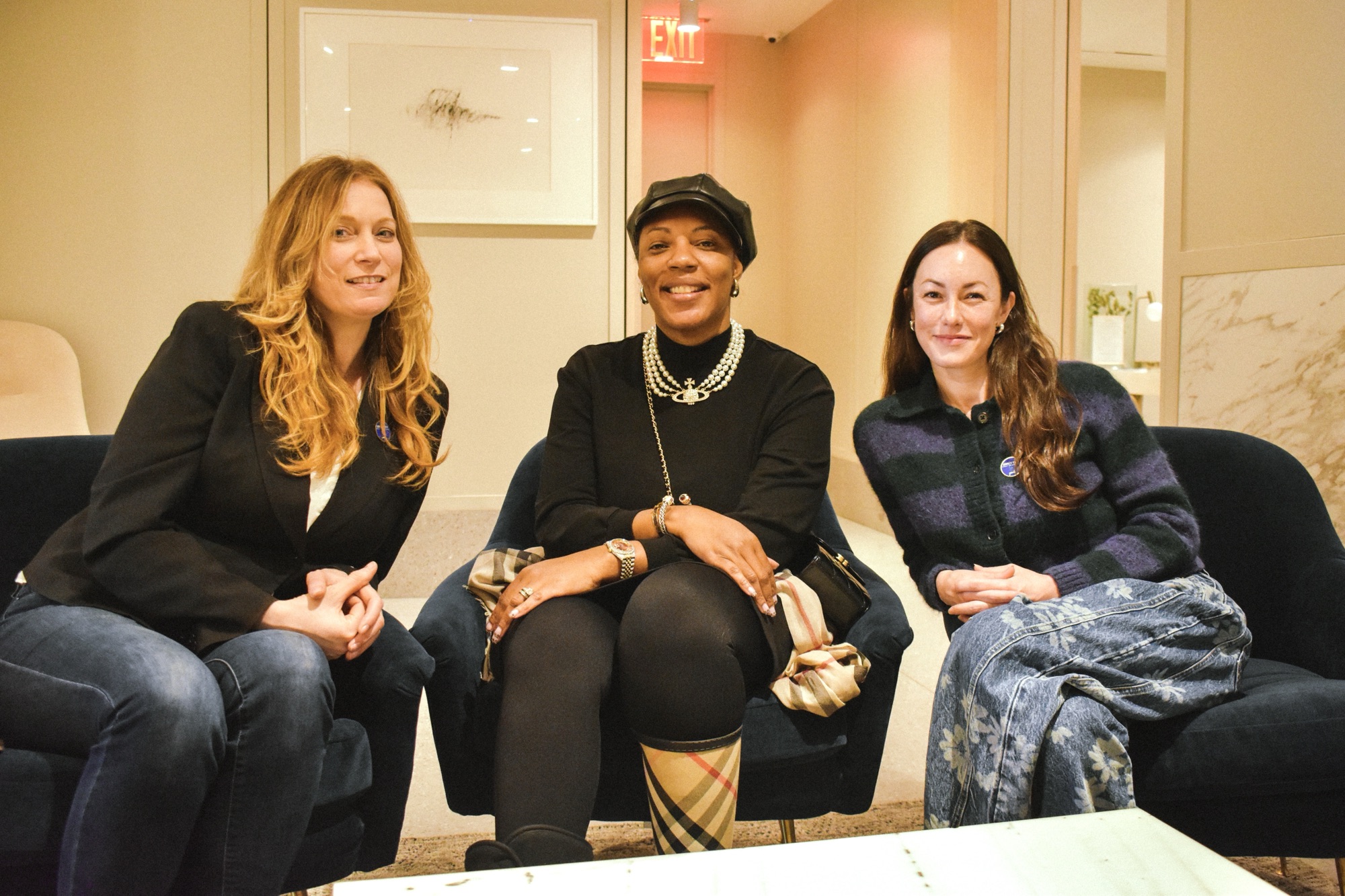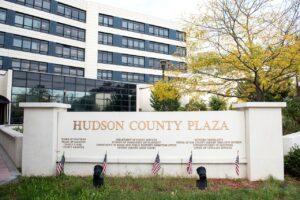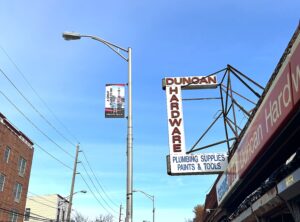Photo by Chelsea Pujols / SOC Images.
After not given the chance to speak in the Sept. 19 Zoning Board Meeting, West New York residents await a special Oct. 8 meeting to address, what locals call, an ever-growing concern of parking shortages.
The upcoming meeting is supposed to make a final decision on whether a five-story building will be built on 6605 Boulevard East, where residents are concerned about the number of parking spaces proposed on the property.
During the Sept. 19 meeting, an analysis presented by traffic engineer Craig Peregoy was met with opposition from locals who feel that non-residents are out-of-touch with the issue. Chairman Ricky Solares ended the meeting at around 8 p.m., promising residents that they will get a chance to speak in the special meeting.
Solares reiterated that the board “takes great pride in making sure everyone is heard” at the end of the meeting.
As they await for the meeting to be announced via the town of West New York’s website and the Jersey Journal, residents are determined to make sure their voices will be heard.
A new flyer was found on stairs and lobbies around buildings containing instructions on how to access the Zoom through a computer and a phone call. It provides a link for the Zoom, a phone number and instructions on how to unmute and mute through the keypad of a phone. The flyer also reminds residents that their comments must be verbalized in order for the zoning board to take them into consideration and that residents must share their addresses for the record.
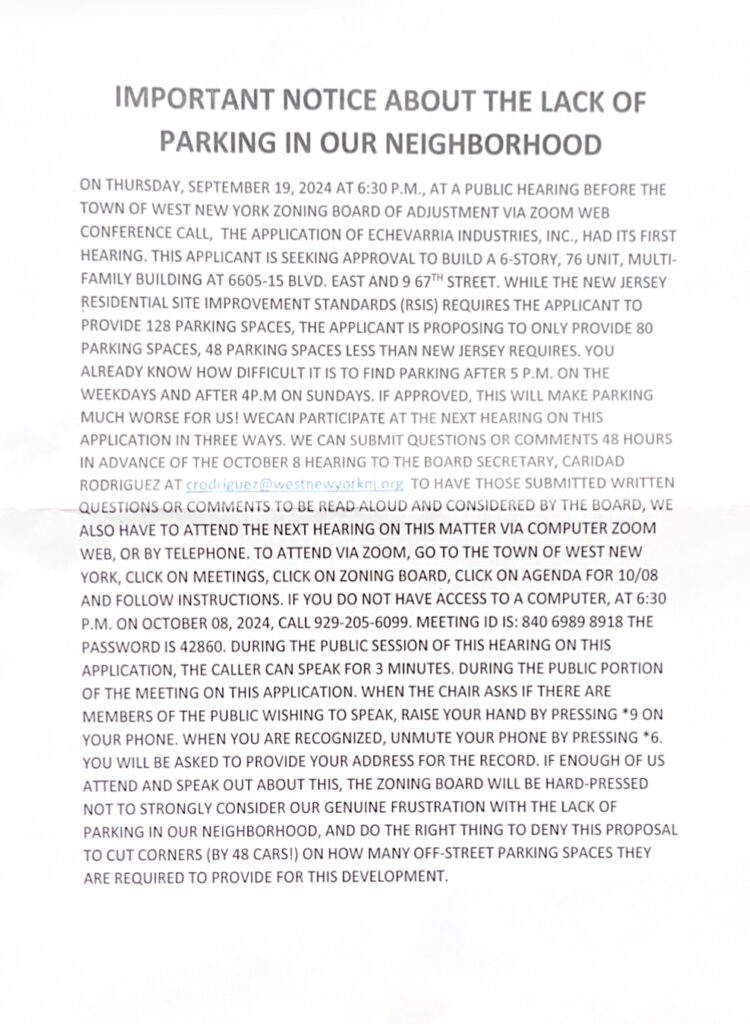
Besides the lack of parking on the property, locals are also concerned about who will occupy this building in the future if approved.
According to a survey conducted by Slice of Culture, 86.2% of 28 participants believe West New York is being gentrified.
National Geographic defines gentrification as “a demographic and economic shift that displaces established working-class communities and communities of color in favor of wealthier newcomers and real estate development companies.” This was the definition provided in the survey.
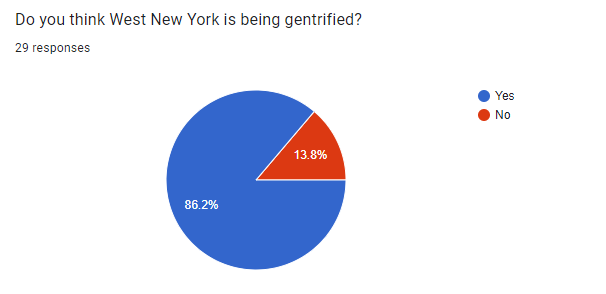
Real estate agent Andre Salvador draws upon his experience working in Jersey City, which is also undergoing gentrification, to determine the target demographic and rent for this potential property.
When asked about who this property attracts, Salvador said, “I think it goes without saying it’s New Yorkers. In fact, I’ve even a couple buildings in Bayonne…they hire agents to travel to New York and promote their building down there. I wouldn’t be surprised if they did the same thing for this one.”
According to Salvador, the views of the city are a big selling point; big enough to make people care less about other amenities homes or other buildings in West New York can provide.
“People would rather have a view of the skyline rather than a backyard in this area,” Salvador said.
He also explains that the proximity to New York and easy access to transportation makes the property perfect for young professionals or families.
“I kind of see it as a gateway for people into luxury. It’s usually their first time having their own life, having their own money to do whatever they need to do…Luxury apartments really [are] for people who have not decided to own a place yet or they just want to start somewhere fresh and have a better quality of life in general,” Salvador said.
With a proposed 600 square feet for a studio apartment, 750 to 800 square feet for a one bedroom apartment and 900 to 1,000 square feet, Salvador affirmed that this amount of space is luxurious and can be marketed at a higher price point compared to other properties he has seen.
“Around 600 [square feet] is massive. Around that area, they’re charging $2,100 for 400 square feet,” he said. “They’re probably attracting people who would pay a much higher rent, rather than having smaller spaces [for less].”
Salvador estimates that rent for a studio apartment would cost “anywhere from $2,500 to $3,000” and “close to $4,000” for a one bedroom apartment based on the square footage proposed on the Sept. 19 meeting and location.
When asked if there would be a possibility for a percentage of the apartments to become affordable housing that would allow lower income residents to live there, Salvador said, “Is it necessarily their target demographic? I don’t think so. The price point is just well above the market.”
However, locals living in this building is not an impossible feat.
West New York currently requires that 10% of units must be allocated for low-income residents. In the case of property #ZB 2024-010, about seven out of the 76 units must be set aside for these residents.
The Zoning Board has announced that the special meeting on the Tuesday will take place via the town of West New York’s calendar. The meeting is set to start at 6:30 p.m. via Zoom.

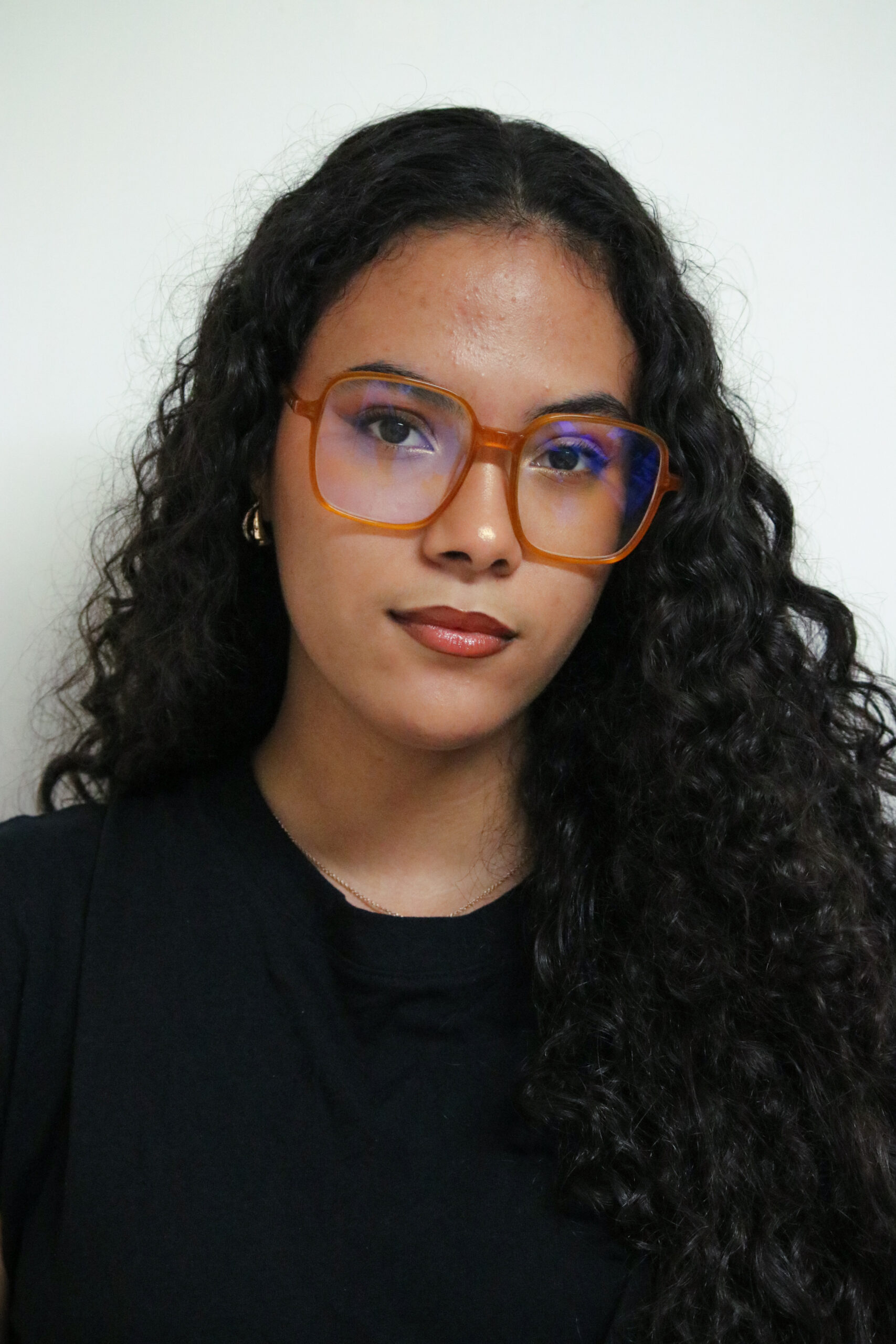
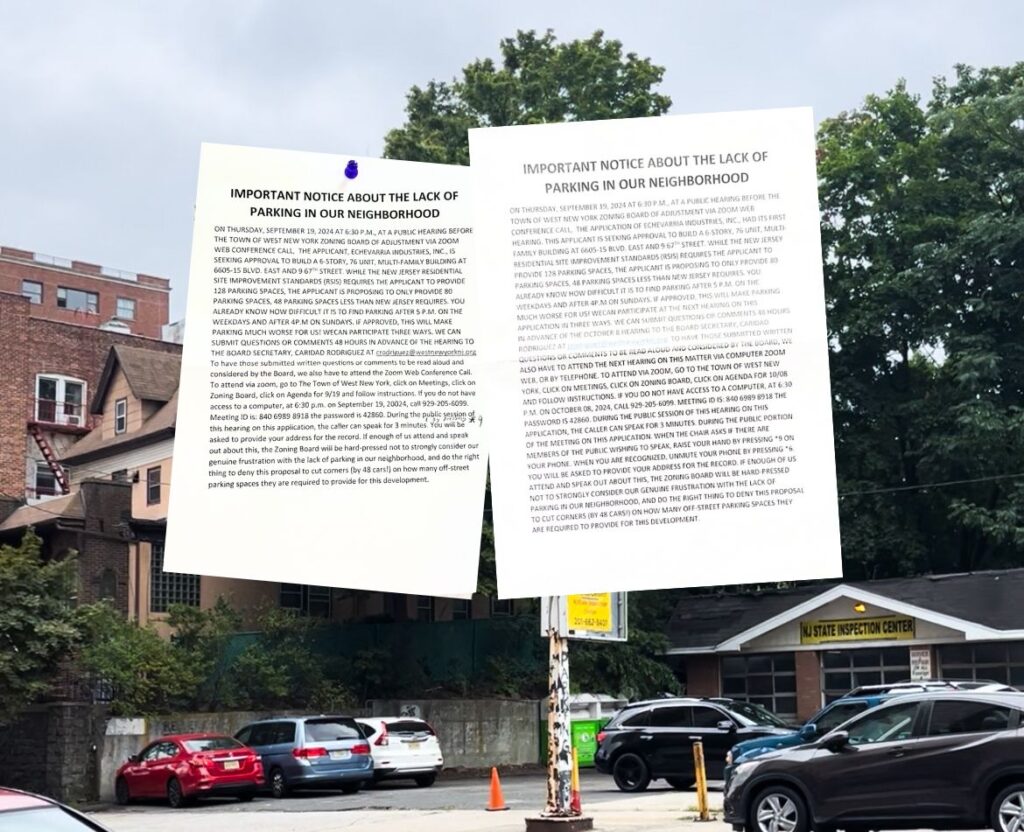

 Get your slice of culture from NJ
Get your slice of culture from NJ Hudson County born & raised
Hudson County born & raised The Locals + The Culture
The Locals + The Culture “Best Grassroots Journalism” @njspj + @njcivicinfo grantee
“Best Grassroots Journalism” @njspj + @njcivicinfo grantee



 We stopped by Excel
We stopped by Excel










 E
E









